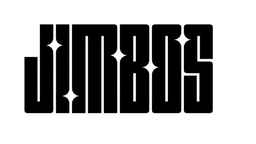Does Water Beading Really Mean Protection?
Water beading looks cool—but it doesn’t always mean your car is protected. Let’s break down this common detailing myth.
Why Everyone Loves Water Beading
We’ve all seen it—the tight little beads of water on your hood after a rain. Detailers and product companies love showing it off in marketing, but here’s the truth: beading ≠ protection.
What Water Beading *Actually* Tells You
- ✅ Your surface tension is high (that’s good)
- ❌ It doesn’t guarantee UV or chemical resistance
- ❌ It doesn’t mean the surface is still protected underneath
- ❌ It can happen even with no product on the car—if the paint is clean and polished
Beading Can Be Misleading
Many “spray wax” or “hybrid ceramic” products bead water like crazy for the first wash or two—but they fade fast. Without true bonding and real protection, you’re left with nothing but a false sense of security.
What You Should Look For Instead
Want real protection? Focus on surface prep + a durable coating. Here's what we recommend:
- Polish your paint with Picture Perfect Polish to clean the surface and enhance shine
- Apply Tough As Shell for long-term ceramic protection and actual chemical resistance
Real Ceramic = Real Results
Tough As Shell doesn’t just bead water—it protects your paint from UV, dirt, fallout, and road grime. And it bonds directly to the surface so it lasts through rain, washing, and sun.
Related Posts
Frequently Asked Questions
Is water beading a sign of protection?
Not necessarily. It just means the surface repels water. Real protection comes from chemical bonding and durability—not just beading.
Why does my car still bead after washing off wax?
Beading can come from polished or clean paint, even if no protection remains. That’s why it's not a reliable indicator on its own.
What product should I use if I want both beading and protection?
Tough As Shell gives you slick water beading with real durability. Pair it with Picture Perfect Polish for even better results.
How often should I reapply my ceramic spray?
With proper prep, every 3–6 months. No need to reapply weekly like many cheap sprays suggest.



